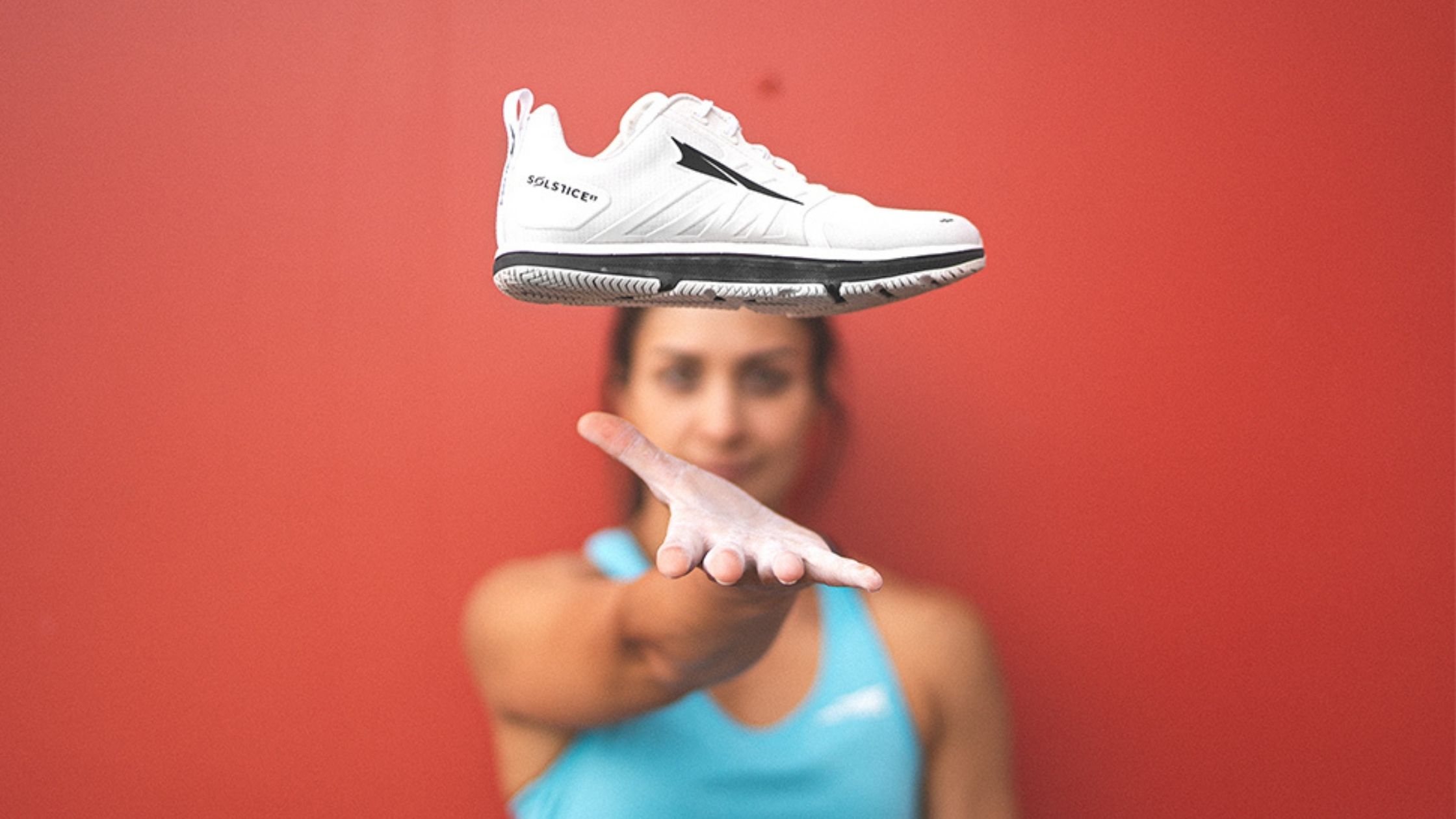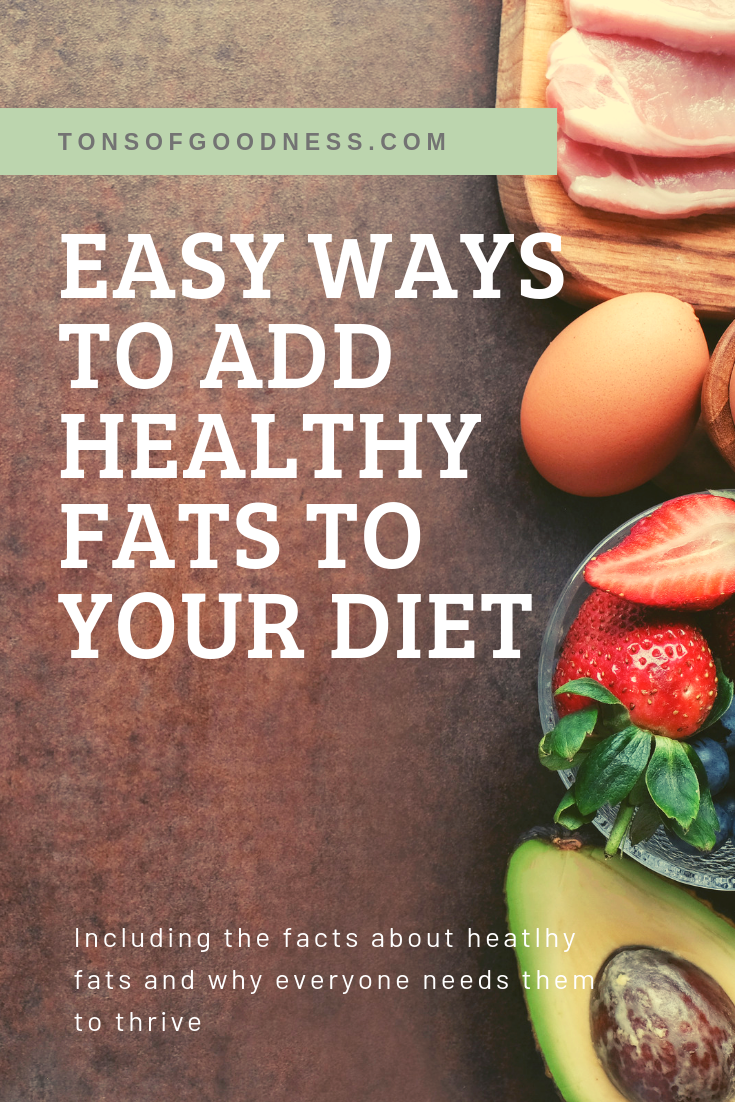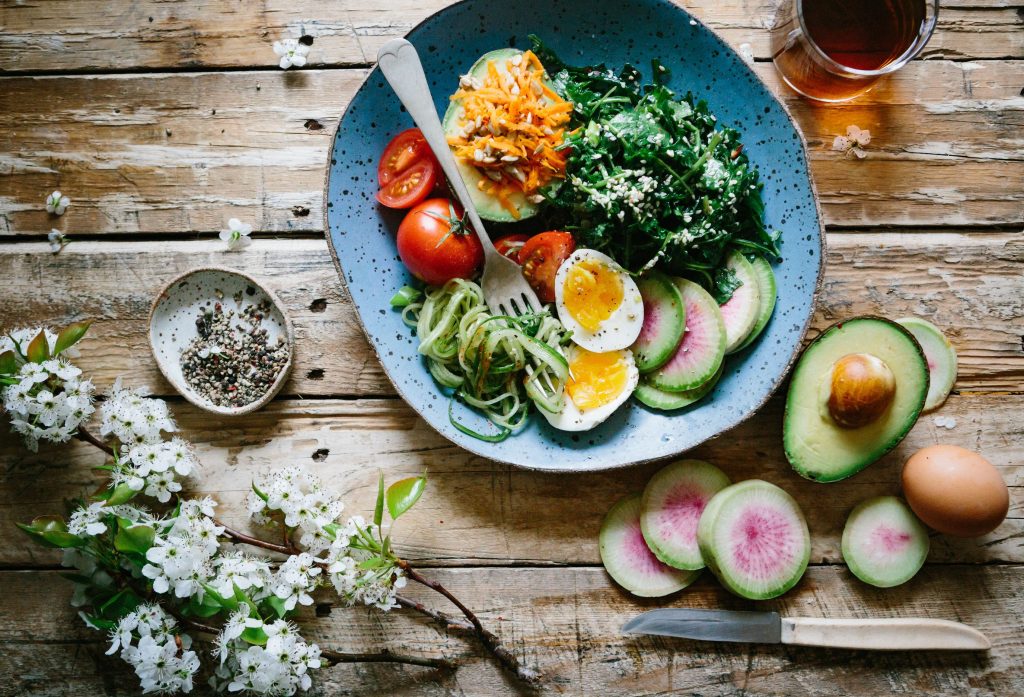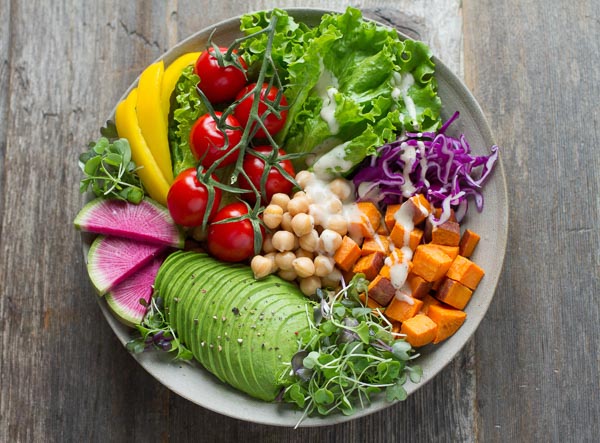

Disclosure: Some of the links in this article are affiliate links, which means that if you purchase through those links I will receive a small commission. For example, as Amazon Associate, I earn from qualifying purchases. If you decide to use these links, thank you!
“Have you had your fat today?”
This is probably not something you’re used to hearing, but believe it or not, just as you need enough protein, veggies, and other vital nutrients, healthy fats are an essential part of an overall healthy diet.
Fortunately, the misconceptions about fat are being debunked. The truth is that fat does not “make you fat”. And healthy fats are actually crucial to your health.
As a result, moderate to higher fat diets are becoming more popular as people are becoming aware of this fact. When people think of a high diet, they may think of the currently popular ketogenic diet.
Yet, you don’t have to “go keto” or eat a stick of butter to benefit from healthy fats. So today, I will share what healthy fats are best for you and easy ways to add healthy fats to your diet.
High quality, healthy fats are crucial at every stage of life. Plant-based fats like those found in nuts, seeds, and coconut oil contain fatty acids that make up our cell membranes and help with brain function.
We also need them for the production of energy and hormones.
In addition, many of the vitamins and micronutrients in food are fat-soluble, which means that we cannot absorb them without the presence of adequate fat.
That means that if you eat fruits or vegetables without fat, you’ll absorb only a fraction of the nutrients you would absorb if you ate them with fat. So, it’s time to ditch lose low-fat dressings for healthy fats.

Conversely, low-fat diets can have serious health consequences, such as depression, vitamin deficiencies, a rise in triglycerides, and an increase in heart disease.
Research shows that since the 1970’s when the low-fat craze began the rates of obesity increased rapidly. People switched from eating whole foods with healthy fats to more sugar, refined carbs, and processed foods.
As a result, the entire world has become fatter and sicker. This is why it is so important to become educated about the facts about fat for yourself and your children.

Healthy fats are very important for your child’s diet. About two-thirds of your child’s brain is made up of fat.
Restricting your child’s consumption of fat can negatively impact the growth and development of their brain. An improperly developing brain can cause your child to become delayed in physical and mental milestones.
Consuming adequate amounts of fat with fruits and veggies is especially true in the case of children. Vitamins and micronutrients are crucial for proper physical and mental development. Without adequate fat in the diet, children are literally starved of these nutrients.
Healthy fats also make vegetables taste better, so your kids are more likely to enjoy them and make it easy to make a shift from processed foods to healthy fats and whole foods.

So, we know that we should not be eating a low-fat diet. We also know that your body needs both saturated and unsaturated fats for a healthy diet. Luckily, there are a lot of options for healthy fats including:
Fats that are naturally found in whole foods that come from the sea or the land are good fats. The fats made in factories, such as hydrogenated oils, are unhealthy fats.
Unhealthy fats that you should avoid include trans fat and refined vegetable oils (ex. margarine, peanut oil, corn oil, soybean oil).
Why?
Because these fats contribute to inflammation, which plays a role in nearly every known chronic disease, such as cardiovascular disease, cancer, diabetes
In addition, good fats such as coconut oil that are chemically treated or deodorized should also be avoided.
Some meat and dairy products contain small amounts of naturally occurring trans fat. However, most trans fat is formed through an industrial process that adds hydrogen to vegetable oil, which causes the oil to become solid at room temperature. These trans-fats are also called hydrogenated fats.
Unlike other dietary fats, trans fat — also called trans-fatty acids — both raises your LDL (“bad”) cholesterol and lowers your HDL (“good”) cholesterol, which increases your risk for inflammation and heart disease.
These are super processed, cheaper fats that are less likely to spoil and have a longer shelf life. Some restaurants use partially hydrogenated vegetable oil in their deep fryers due to the fact that it doesn’t have to be changed as often as do other oils. Super Gross.
To avoid hydrogenated fats, make sure to read food labels carefully. In the United
Look for hydrogenated or partially hydrogenated in the list of ingredients. They are commonly found in margarine, shortening, fried foods, sauces and seasonings, non-dairy coffee creamers, and processed foods (pizza, pies, canned frosting, chips, crackers, cakes, and other snack foods).

Now that we now what fats to avoid, here are some easy ways to add healthy fats to your diet.
For sautéing: Many oils are great for sautéing including avocado, cold pressed canola, sesame, coconut, and olive oil.
For baking: Coconut, palm, cold pressed canola oil work best. Tip: Coconut oil will solidify if added to cold ingredients (i.e., eggs sautéing including) so it’s best to make sure all ingredients in the recipe are at room temperature before you add coconut oil.
I love avocado with just about everything – salads, chili, fajitas, in smoothies, and of course, made into guacamole. I sometimes just cut one open and eat it with a spoon. Avocados are loaded with healthy fats, fiber, potassium, and nutrients.
Avocado oil is great for making homemade mayonnaise. Here is an easy recipe: Combine the following ingredients in a bowl: 1 large egg yolk, ¼ tsp salt, ¼ tsp Dijon mustard, 1 ½ tsp lemon juice. Next, slowly add ¾ cup of avocado oil while whisking or blending with an immersion blender. Enjoy!

You can easily substitute unhealthy fats for healthy ones when flavoring your food. For example, instead of using margarine on your steamed vegetables use olive oil or ghee.
For dipping, dressings
Nuts and seeds can be eaten on their own as a snack, added to salads, and mixed into a trail mix. I also love to use almond flour for baking and cooking.
My favorites are flaxseed, pecans, almonds, pumpkin seeds, macadamia nuts, and cashews. Nut
Eat the whole egg (not just the whites). Eggs are high in a number of important vitamins and minerals, along with high-quality protein. Eggs help you stay full and help protect your brain and eyes. They may also reduce inflammation.
Hard-boiled eggs are great as a snack or on top of your salad. My daughter loves using this fun egg slicer to slice up her own hardboiled eggs.
Add olives to your salads or pack them for a quick and easy snack.
Fat bombs are a dessert made from healthy fats, such as coconut or almonds, made with little to no added sugar. They are a great way to add healthy fats to your diet while enjoying a decadent treat. These are a few tasty fat bomb recipes:
Tuna and salmon are convenient sources of protein and healthy fat that can be enjoyed straight from the can or pouch. Look for the blue Certified Sustainable food label, BPA-free indication on packaging labels, and “light” or “white” tuna products that are naturally low in mercury. My daughter loves tuna mixed with a bit of Primal Kitchen Mayo.
MCT (medium chain triglycerides or medium chain fatty acids) is colorless, odorless, and stays liquid at room temperature. In addition to coffee, it’s perfect for adding to other foods, such as salads and smoothies.
MCT Oil can have a massive impact on your energy and cognitive function. I have found that for me it helps with energy pre-workout and with mental clarity.
For more info about MCT Oil check out this post, Start Your Day With MCT Oil.
Everyone can benefit from more omega 3s. Omega-3 fatty acids are found in fatty layers of cold-water fish and shellfish, plant and nut oils, English walnuts, flaxseed, algae oils, and fortified foods.
Omega-3 dietary supplements include fish oil, krill oil, cod liver oil, and algal oil (a vegetarian source that comes from algae). They provide a wide range of doses and forms of omega-3s. Docosahexaenoic acid, or DHA, is a type of omega-3 fat.
On its own, DHA supports brain
My daughter started taking cod liver oil around the age of three months. We chose to use Carlson – Kid’s Cod Liver Oil. Around the age of three (and honestly, started refusing the cod liver oil) we switched to Nordic Naturals Children’s DHA Soft Gels. I take Solgar – Omega-3 Fish Oil Concentrate Softgels. Another great option is Nordic Naturals – ProOmega D 1000 mg.
Do you have favorite, healthy fat snacks or other favorite uses for these fats? Let me know in the comments! Also, if you are looking for more healthy eating tips for your kids check out my post, How to Help Your Kids Develop Healthy Eating Habits.
I have linked to products on Amazon so that you can easily find my recommended products. Thrive Market is also a great place to purchase your healthy fats at a discount.
Please share the goodness and Pin this article or share on Instagram and hashtag it #tonsofgoodness. Thank you!
Wishing you tons of goodness in your life,
Kat